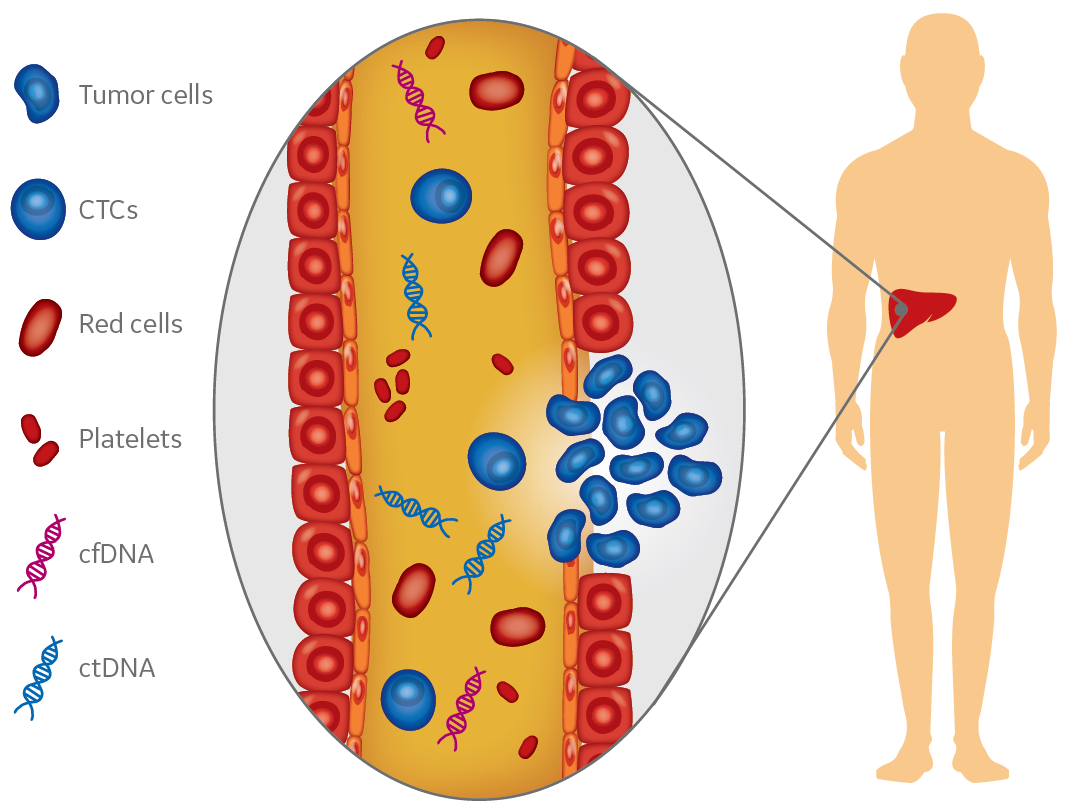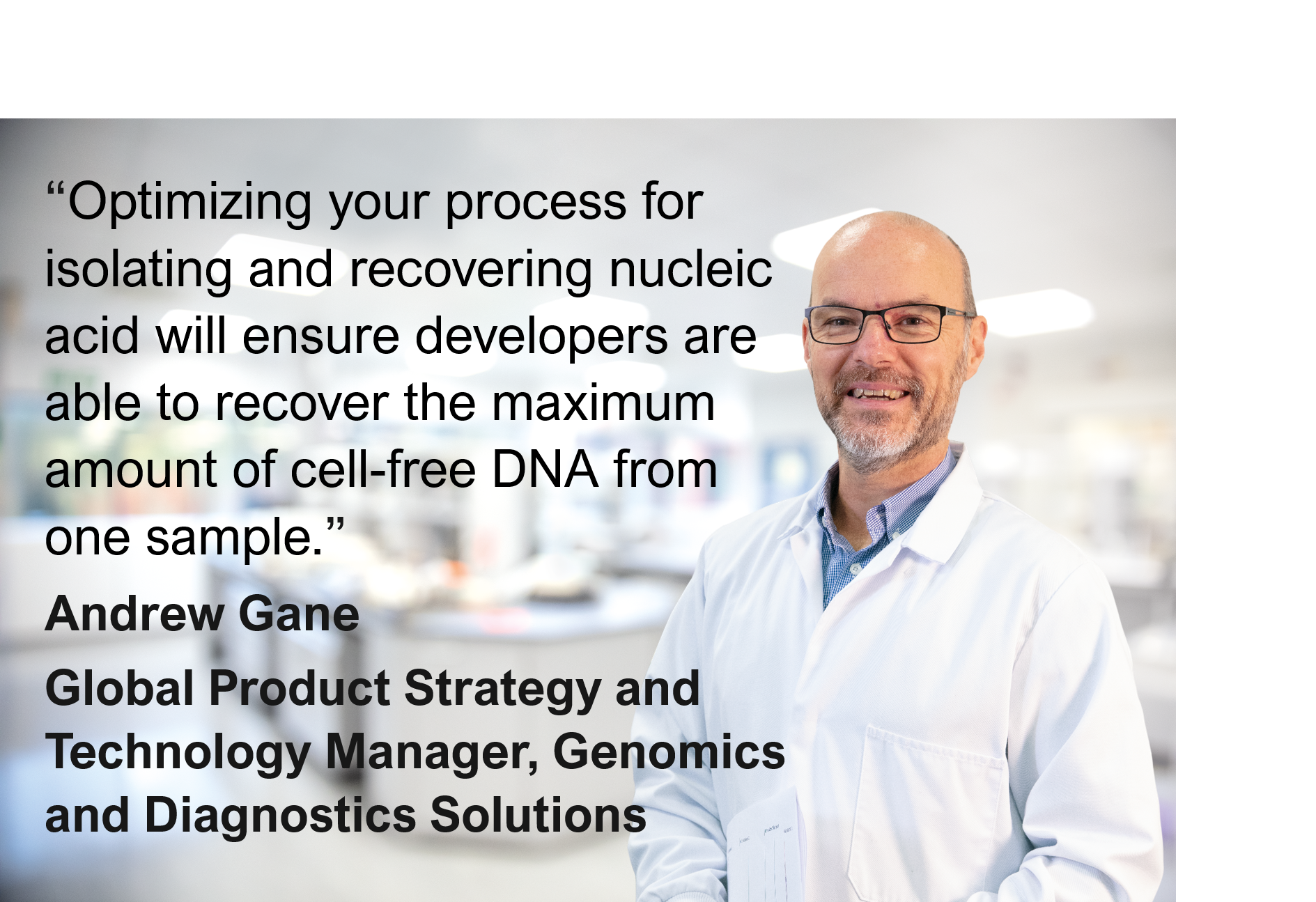Overcoming one of the biggest barriers in personalized medicine
Diagnostic tests are the bedrock of medicine. Analyzing the chemical makeup of saliva, blood or urine can show if you have allergies, anemia or even cancer. In fact, your very existence was most likely first confirmed through a pregnancy test, which is based on the principle of lateral flow.
Some diagnostics invented in early 20th century are still being used today, such as the test for glucose in urine for managing diabetes. In 2020, Artificial Intelligence is being applied to diagnostics and has been shown to even outperform the experts. There is no doubt that diagnostics are the past, present and future of better patient management.
The development of new in vitro diagnostic tests draw on a wide range of biological principles. This year promises to be a great year for science, new knowledge will revolutionize how we diagnose and monitor disease. Over the coming months our experts will share their predictions and trends expected to move the field forward in 2020 and beyond. This article looks at liquid biopsies.
“Liquid biopsy will be a game changer for personalized medicine in cancer”
Mounting clinical data shows the advantages of testing blood or other bodily fluids to make a diagnosis. Liquid biopsies work by capturing and analyzing biomarkers, mostly cell-free DNA (cfDNA) and have been shown to give a more holistic disease profile and make it easier to measure a condition over time.1
Above: Cell-free DNA in blood cells provide key information on disease state
These tests have rapidly gained traction in recent years with applications in reproductive health, cancer and transplant medicine. Indeed, the global liquid biopsy market was valued at $1.5 billion in 20172. Yet there are still barriers to overcome for the technique to be adopted broadly.
“With a liquid sample you only have a limited amount of useful genetic material” explains Andrew Gane, Genomics and Diagnostics Solutions Strategy & Technology Manager. “Optimizing your process for isolating and recovering nucleic acid will ensure developers are able to recover the maximum amount of cell-free DNA from one sample.”
For now, tissue biopsies are still necessary to provide the complete picture of disease but as the understanding of cell free DNA in liquid biopsies increases, its use will expand beyond giving a yes/no diagnosis to determining recurrence risk and the exact order and combination of therapies needed to control or even cure advanced cancers.
Soon we will be exploring another trend shaping the development of diagnostics.
We work closely with diagnostic developers to understand their needs before crafting customized solutions to accelerate their diagnostics development and delivery. Please get in touch for more information.
You may also be interested in the following articles:
Avoid bottlenecks in high-throughput NGS sample prep:
https://www.gelifesciences.com/en/us/news-center/accelerating-ngs-sample-prep-10001
Unraveling the challenges of nucleic acid isolation
https://www.gelifesciences.com/en/us/news-center/dna-isolation-challenges-unraveled-10001
1https://www.ncbi.nlm.nih.gov/pmc/articles/PMC6291575/ Accessed January 2020
2BCC Research 2017 ‘Liquid Biopsy Research Tools, Services and Diagnostics: Global Markets’ Page 13.


